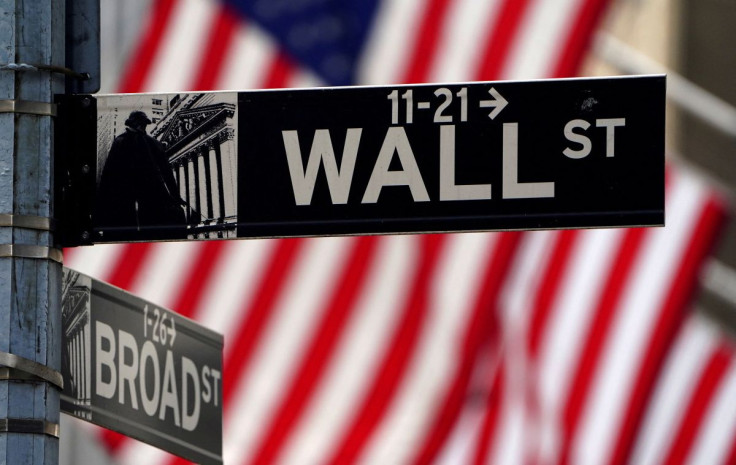Wall St Rallies On Upbeat Results, Ebbing Rate Hike Fears

Wall Street bounced back with a broad rally on Friday, as investor confidence was boosted by upbeat earnings, heartening economic data and waning fears of a larger-than-expected interest rate hike by the Federal Reserve.
All three major U.S. indexes rose sharply, with financials leading the charge in the wake of Citigroup Inc's earnings beat. This reversed Thursday's sell-off driven by downbeat guidance from rivals JPMorgan Chase and Morgan Stanley.
All three indexes remain on track to end lower than last Friday's close, as markets were spooked by hot inflation data out on Wednesday.
Consumer prices in June showed the highest annual growth rate since 1981, raising chances that the Fed could raise its key fed funds target rate by 100 basis points, steeper than the 75 basis point hike previously expected.
"(The Fed is) serious about slowing the economy and slowing inflation," said Tim Ghriskey, senior portfolio strategist Ingalls & Snyder in New York. "They are willing to sacrifice economic growth for that.
But those fears were calmed by remarks from Fed officials on Thursday and Friday, which indicated an interest rate increase of 75 basis points is likely in the cards.
Economic data released on Friday surprised to the upside, with stronger-than-expected retail sales, an uptick in consumer sentiment, lower inflation expectations and cooling import prices.
"Economic indicators are not consistent right now," Ghriskey said. "They are positive and negative, which shows we're in a period of transition.
"The solid retail sales print "set a positive tone for the market," Ghriskey added. "The consumer still has cash and is still spending it."
At 2:11 p.m. ET, the Dow Jones Industrial Average rose 587.85 points, or 1.92%, to 31,218.02, the S&P 500 gained 62.51 points, or 1.65%, at 3,852.89 and the Nasdaq Composite added 167.56 points, or 1.49%, at 11,418.74.
Among the 11 major sectors of the S&P 500, financial stocks were easily the biggest percentage gainers.
Second-quarter earnings season is well underway, with 35 of the companies in the S&P 500 having reported. Of those, 80% have beaten Street expectations, according to Refinitiv.
Analysts now expect aggregate year-on-year S&P 500 second-quarter profit growth of 5.6%, down from the 6.8% estimate at the beginning of the quarter.
Citigroup bucked the trend among big bank earnings reports as its quarterly profit beat expectations, sending the stock up 13.9%.
Wells Fargo & Co reported its quarterly profit nearly halved due to increased loan loss provisions and weak mortgage business. Still, its shares were last up 6.6%
The S&P Banking index jumped 6.1%.
Unitedhealth Group Inc advanced 5.1% after the healthcare company raised its annual profit forecast for the second straight quarter.
BlackRock Inc gained 2.2% even after the world's largest asset manager posted a steeper-than-expected profit drop.
Market participants now look to next week's full ledger of scheduled earnings releases, from Goldman Sachs Group Inc, Bank of America Corp <BAC.N>, International Business Corp , Netflix Inc, Tesla Inc, Twitter Inc and assorted heavy-hitting industrials.
Advancing issues outnumbered decliners on the NYSE by a 4.43-to-1 ratio; on Nasdaq, a 2.33-to-1 ratio favored advancers.
The S&P 500 posted one new 52-week high and 31 new lows; the Nasdaq Composite recorded 30 new highs and 108 new lows.
© Copyright Thomson Reuters {{Year}}. All rights reserved.




















